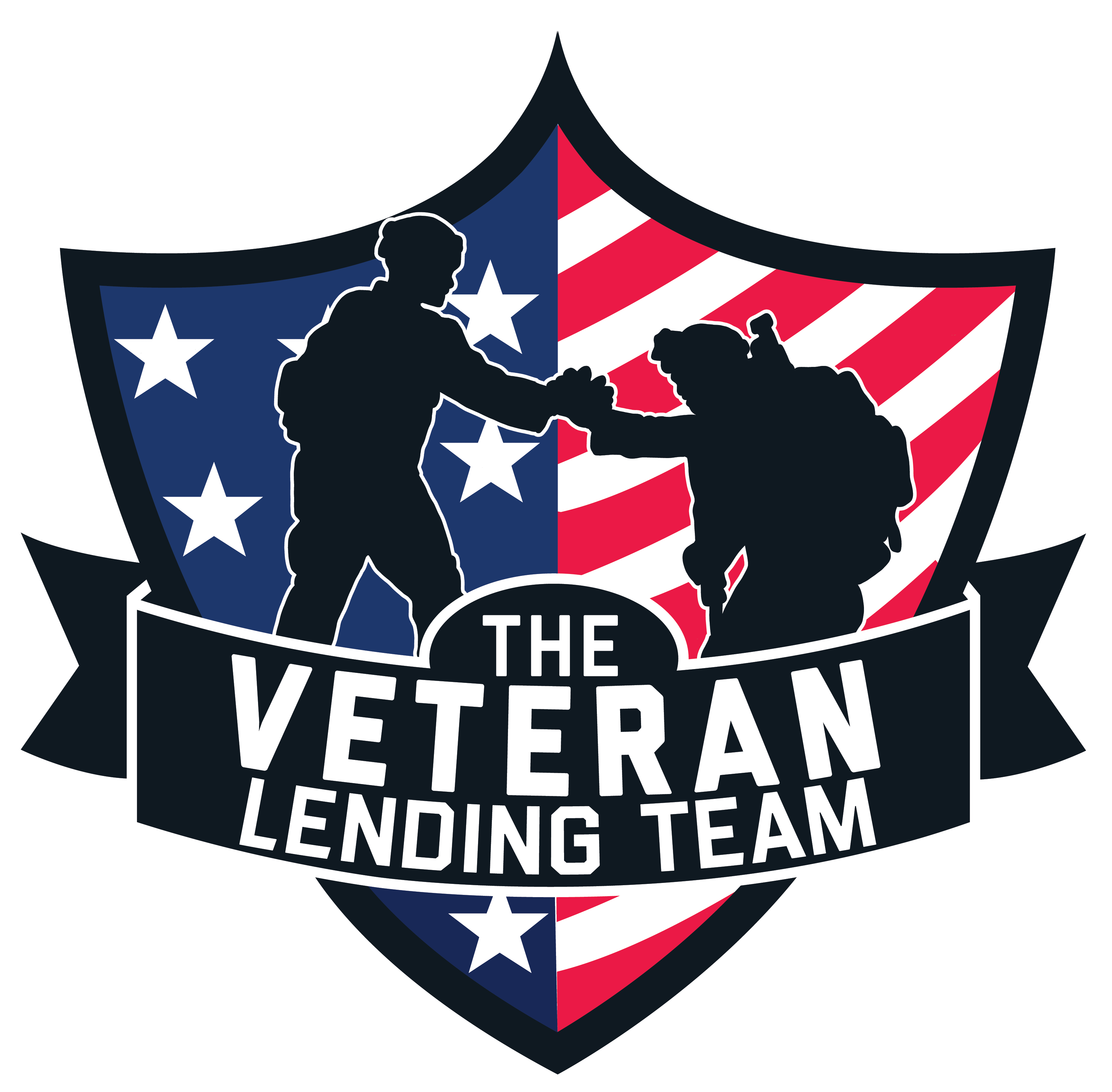Training Day 11: The 1003 Loan Application and Loan Process
Introduction
Welcome to Training Day 11 of the Boots 2 Loans program. In today’s session, we will cover the 1003 loan application, also known as the Uniform Residential Loan Application (URLA), and the Point-of-Sale (POS) system. We will also discuss the loan process workflow, which will provide you with a clear understanding of the steps involved in originating a mortgage loan.
The 1003 Loan Application: Uniform Residential Loan Application (URLA)
The 1003 loan application, or URLA, is a standardized form used by lenders to collect essential information from borrowers applying for a mortgage. The application gathers details such as personal information, employment history, income, assets, liabilities, and the property being financed. The 1003 form is crucial for underwriting and assessing a borrower’s eligibility for a mortgage loan.
Point-of-Sale (POS) System
A Point-of-Sale (POS) system is a software platform used by mortgage professionals to manage and streamline the loan origination process. The POS system allows loan officers to collect borrower information, upload documents, track loan progress, and communicate with borrowers, processors, and underwriters. By utilizing a POS system, mortgage professionals can enhance efficiency, organization, and communication throughout the loan process.
Loan Process Workflow
Understanding the loan process workflow is crucial for Mortgage Loan Originators to guide borrowers through the mortgage journey effectively. The typical loan process involves the following steps:
- Prequalification: Borrowers provide basic financial information, allowing the loan officer to assess their eligibility for a mortgage and determine the loan amount they can afford.
- Application: The borrower completes the 1003 loan application, providing detailed financial information and supporting documents.
- Processing: The loan processor verifies the borrower’s information, orders appraisals, and prepares the loan file for underwriting.
- Underwriting: The underwriter assesses the borrower’s creditworthiness and the property’s value, ensuring the loan meets all guidelines and requirements.
- Conditional Approval: The underwriter may issue a conditional approval, requiring additional documentation or information before issuing a final approval.
- Final Approval: Once all conditions are satisfied, the underwriter issues a final approval, and the loan moves to the closing stage.
- Closing: The borrower signs the final loan documents, and the funds are disbursed to complete the transaction.
Conclusion
Today’s training has provided you with an understanding of the 1003 loan application, the POS system, and the loan process workflow. As a Mortgage Loan Originator, you will use this knowledge to guide borrowers through the loan origination process and provide a seamless experience. By mastering the 1003 application and understanding the loan workflow, you will be better equipped to serve your clients and help them achieve their homeownership goals.
